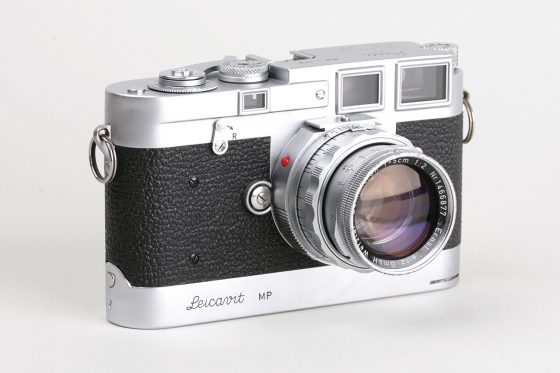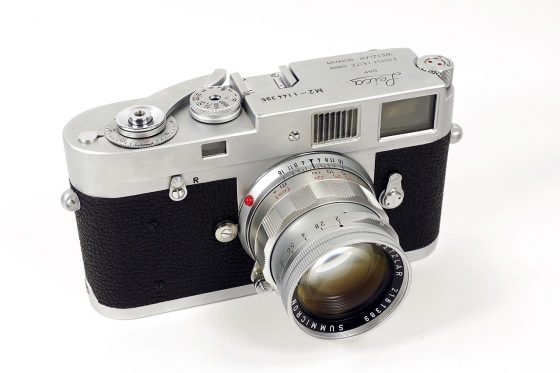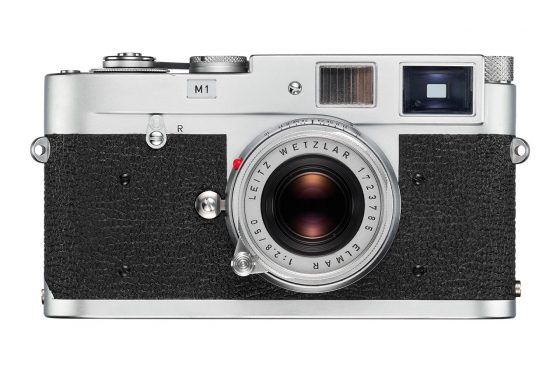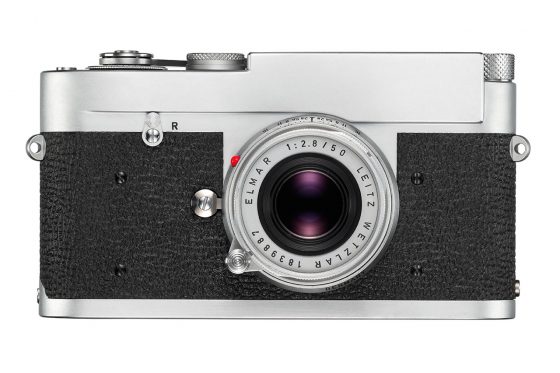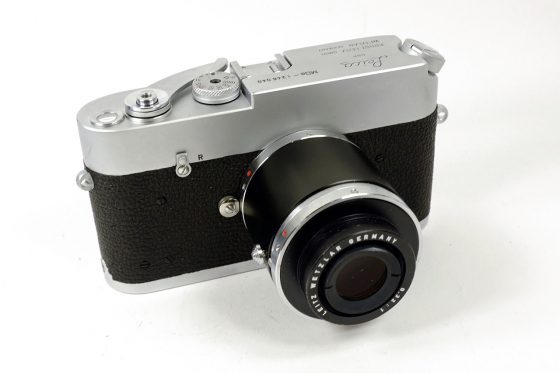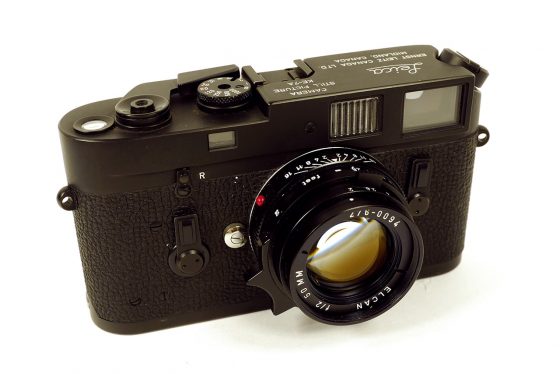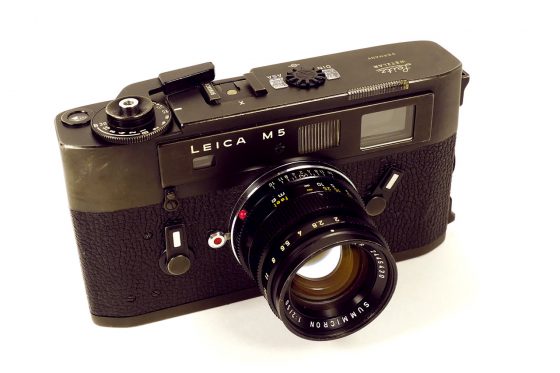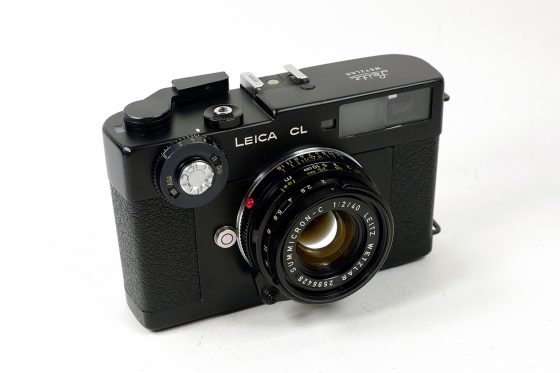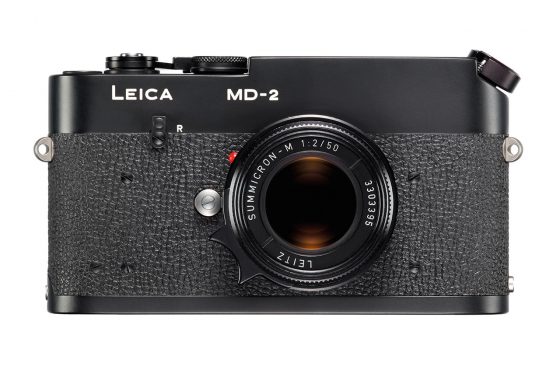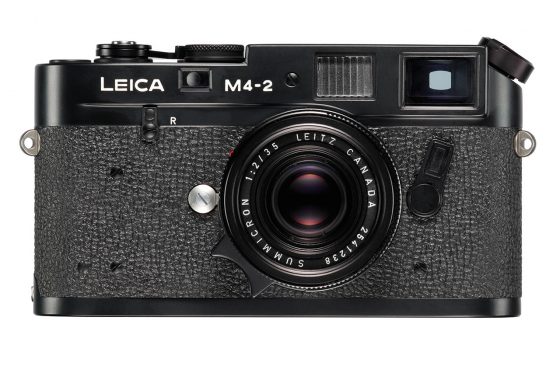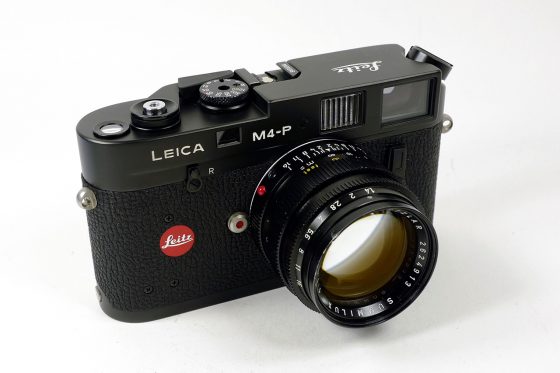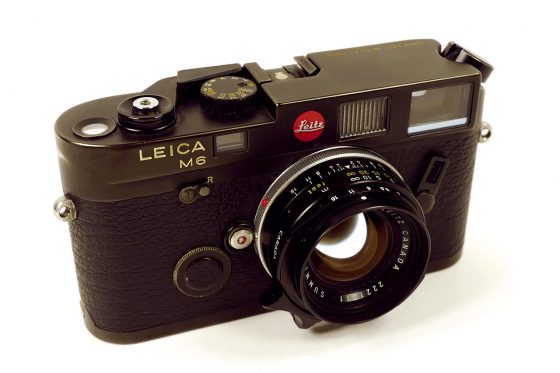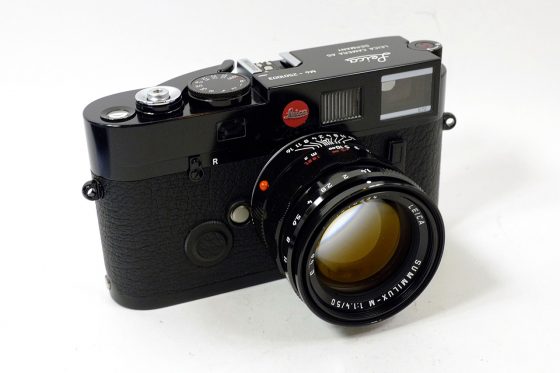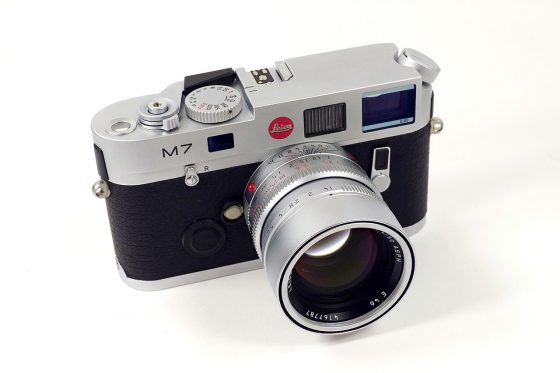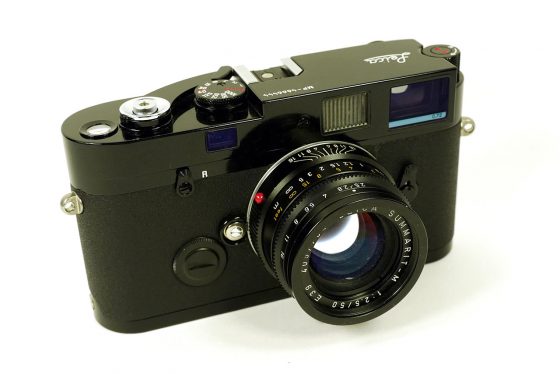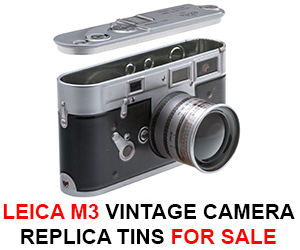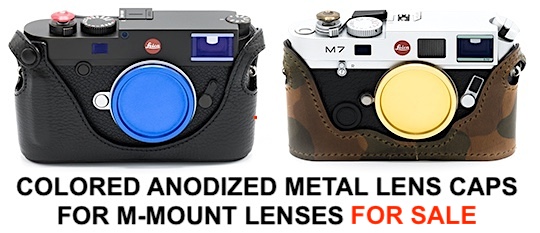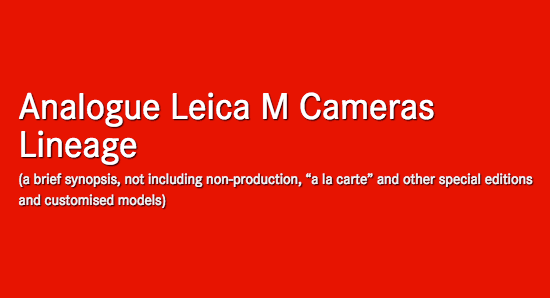
Tamarkin has a nice timeline of Leica M analogue (film) cameras on their website:

Leica M3 (1954 – 1966)
- Single-Stroke or Double-Stroke film advance
- Largest RF magnification of any M camera – 0,93
- 35mm lenses require “RF” attachments on lenses
- Bright-line frame-lines for 50, 90 and 135mm

Leica MP (1956 – 1957)
- Single-Stroke and Double-Stroke
- Steel gearing instead of brass
- External frame counter, like the M2
- No self-timer
- Approximately 500 were made

Leica M2 (1958 – 1967)
- New standard of rangefinder magnification – 0,72
- Some later cameras have a self-timer (called the “M2-S”)
- Bright-line frame-lines for 35, 50, and 90mm
- External, manual reset frame counter

Leica M1 (1959 – 1964)
- Made chiefly for scientific purposes
- Like the M2 in every respect except the M1 has a viewfinder with 35 and 50mm frame-lines and no rangefinder

Leica MD (1964 – 1966)
- Made mainly for scientific purposes, to replace the M1
- Made without self-timer, viewfinder or rangefinder
- Sometimes delivered with a special baseplate to accept 4mm index strips for recording of data on to the negative

Leica MDa (1966 – 1976)
- Made chiefly for scientific purposes, to replace the MD
- Made without self-timer, viewfinder or rangefinder
- Sometimes delivered with a special baseplate to accept 4mm index strips for recording of data on to the negative

Leica M4 (1967 – 1975)
- 0,72 magnification (standard)
- Bright-line frame-lines for 35, 50, 90 and 135mm
- Internal frame counter and rapid loading system now the new standards
- Articulated film advance lever and canted rewind lever both now the new standard

Leica M5 (1971 – 1975)
- First M camera with “TTL” exposure meter built in Larger body size and different shape
- Early models have two strap lugs on one side, later have additional third lug
- Exposure meter arm moves into place once lens is mounted; certain wide-angle and collapsible lenses cannot be used as a result

Leica CL (1973 – 1976)
- Very compact; 2/3 of the Leica M2
- Designed by Leica; manufactured by Minolta
- Bright-line frame-lines for 40mm, 50mm and 90mm
- Two strap lugs on one side
- Exposure meter arm moves into place once lens is mounted; certain wide-angle and collapsible lenses cannot be used as a result

Leica MD-2 (1977 – 1987)
- Identical the MDa, except all examples were made to take a rapid- (or motor-) winder

Leica M4-2 (1978 – 1980)
- Bright-line frame-lines for 28, 35, 50, 75, 90 and 135mm. (28/90, 35/135, 50/75 now the new standard)
- Mainly in black chrome. Made in Canada; few in Germany.
- No self-timer
- Made to take a rapid- (or motor-) winder

Leica M4-P (1981 – 1987)
- Similar to the M4-2, but with .72 finder (six frame lines viewfinder )
Leica M6 (1984 – 1999)
- Identical to the M4-P – with these exceptions:
- First Leica M Camera with an LED meter built-in
- Fully mechanical shutter, as with all preceding M models
- Late-production cameras offered in 0,58, 0,72 and 0,85 magnification (uncommon)
Leica M6 TTL (1998 – 2002)
- Identical to the M6 – with only these exceptions:
- Larger shutter speed dial, turns opposite, with “OFF” position
- Produced in 0,58, 0,72 and 0,85 magnifications; in Brass
- “Through The Lens” flash-metering capability
- 2mm taller top plate
Leica M7 (2002 – Present)
- Identical to the M6-TTL – with these exceptions:
- Aperture Priority mode
- Electronic shutter; only 1/60 and 1/125 are mechanical
- Shutter release/electronics lock under shutter release button
- Manual exposure compensation
- DX-code (on film canister) ASA reader (late models infrared)

Leica MP (2003 – present)
- Identical to the LEICA M2 – with only these exceptions:
- Made with an improved “flare-free” finder
- LED meter built-in; no self-timer
- Rapid loading system, as with other recent M film cameras
- Internal frame counter

Leica M-A Typ 127 (2014 – present)
- Identical to the LEICA M2 – with these exceptions:
- Rapid loading system, as with other recent M film cameras
- No self-timer
- Internal frame counter
- All examples made to take a rapid- (or motor-) winder

